Small details, quiet mind: finding focus in the chaos
- valeriehuggins0
- Jul 28
- 5 min read

Sometimes the 'whole' can be overwhelming to photograph. The vastness of a landscape from the top of a hill. The enormity of a seascape as the ocean stretches out to the horizon. The resulting image never quite does the vista justice, never quite recaptures what I saw and experienced at the time.
Photographing in woodlands can also be a challenge of this kind, but often because the view is so 'messy'. It is hard to know where to focus the attention and the viewer's eye can easily get distracted.
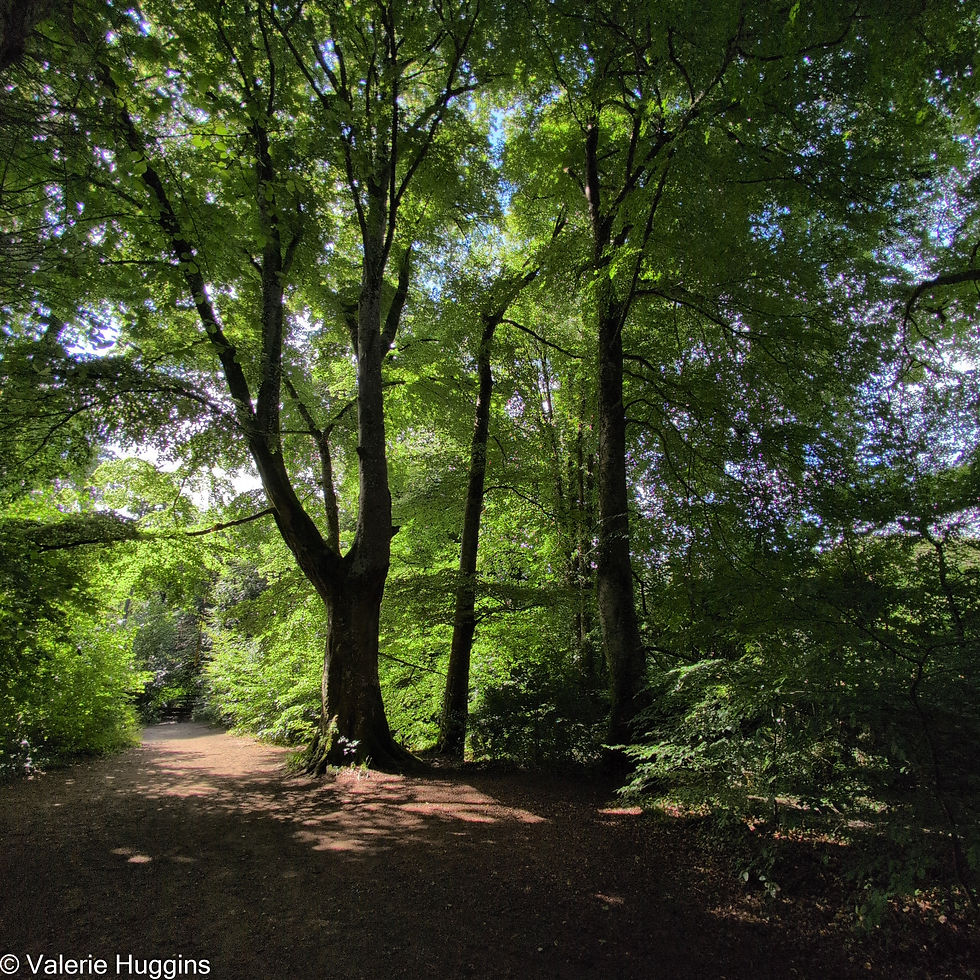
This has parallels with how I am feeling as the climate crisis accelerates: surrounded by chaos, not knowing where to start, what to focus on that might make the smallest difference. Mindful photography can sometimes help me in quelling those frantic voices by focussing on the present moment, the camera and what I am photographing rather than worrying about events that might or might not happen in the future.
So, this month, I’ve spent time deliberately seeking out smaller details during walks around my local area as an attempt to handle the challenge of overwhelmingly cluttered scenes, and as a way of clearing my mind too. Another conscious decision was to use only my phone camera, a new Google Pixel 9 Pro, to see how it handled the various photographic situations I presented it with and also to remove the constant dilemma with my Canon as to which lens to choose. At first, I often found myself muttering, “I should’ve brought my Canon,” but as the saying goes, the best camera is the one you have with you and the cameraphone makes all the decisions for me!
As I reached the edge of the wood, Kevin Lay's article "My Walking Practice" came to mind that I had been reading that morning. For the first time I asked permission of the woodland to enter, and it shifted something in my thinking.

And his voice emerged again as I walked on: "Be brave in tiny ways. Trespass the boundaries of your habits." So, I felt freed to take a different path up the hill, and for a while was lost! In this place that is so familiar. And it made me feel trepidation as I was faced with new choices when the path divided, again and again. I was looking through the spaces in the trees to find a new way forward, a solution to my lostness:
I could hear some children playing down by the river and this helped orientate myself. Reassured I paused, took a breath and looked upwards. The leaves at this time of the year are a gorgeous bright 'summer' green, and the light shining through them creates amazing patterns:
But also the shapes of the gaps in between the leaves were intriguing, especially with the sky so clear and blue. I focussed on the detail of the contrast between the light and dark on the leaves:
And here the cameraphone even caught the bee in flight and its shadow on the leaf:
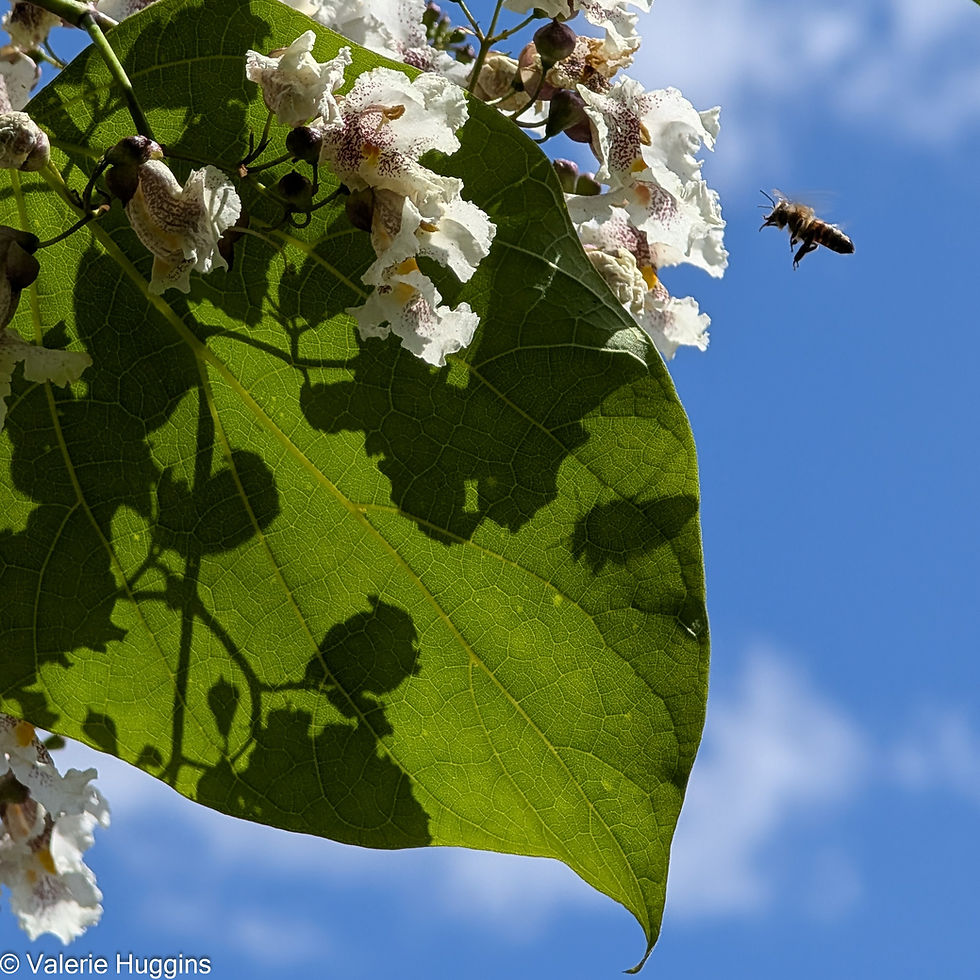
There had been some welcome rain earlier in the day, and some raindrops lingered on the leaves. Looking closely, I realised there were early signs of seasonal changes - too early perhaps?
As I walked by the river, I thought of a recent book-club discussion when we grappled with the idea of whether a river was alive, (put forward in a book by Robert McFarland), to which a close friend replied immediately "of course it is!". And looking at the details in the ripples I can see a face in this middle photo that is smiling in agreement with her!
I closed my eyes and tuned into the multiple sounds that the water was making as it passed me by, bounded by her earthen banks and gravelly beaches, shaded by the bowing tree-branches. I thought about a dear friend in North Carolina whose stories and photographs of the River Eno I have so enjoyed and her heartbreak at the damage done by the recent flooding leading to the closure of the State Park. Perhaps by getting to know our woods and rivers more intimately, by concentrating on the small things within the bigger picture, by investing our time and emotional energy, we can become more effective advocates for their rights. We need to be able to see past the barriers and envisage the possibilities beyond.
As I wandered on, musing on this, I spotted a decaying tree trunk with a hole.which focussed my eye onto the leaves beyond:

One key sign of the health of an ecosystem is the number of insects. Sometimes sightings of them are rare, but when I looked closely at the leaves, I could sometimes detect their presence, such as here in the tracks of the leaf miner moth larva on the horse chestnut leaves:
And, the larva munching the red acer leaves had created amazing patterns and contrasts with the green foliage behind:
Admiring the effect, I was impressed by the quality of the images this cameraphone had captured - sharp, vibrant, and requiring very little editing beyond basic cropping.
However, I am forced to acknowledge the environmental cost that comes with owning such advanced technology. The production of smartphones relies heavily on the mining of minerals and metals, a process that often leads to water pollution and deforestation in parts of the world far from where the phones are sold and used. The global supply chain behind these devices contributes significantly to carbon emissions and consumes vast amounts of energy, much of it still sourced from fossil fuels. Then there's the issue of disposal: my old phone contains toxic components, and only a small fraction of its materials can be recycled. These are the kinds of dilemmas we face every time we make decisions about the technology we buy and use.
And while I have been writing this blog, my thoughts have been with the passing of the American eco-philosopher and activist, Joanna Macy, who died this week, aged 96. I spent some time revisiting her ideas on the Work that Reconnects and marvelled at her resilience as we experience the Great Unravelling of the Industrial Growth Society.
Joanna once said that the climate crisis is a double edged sword as it is "a reflection of the mistakes we have made, but it is also an opportunity for our awakening". I am often despairing, so much so that I am avoiding the news. But Joanna's message is that:
"Hope and hopelessness are just feelings; they arise and pass. The greatest gift we can give our world is our full presence and our choice, moment by moment, to be present and to stay open…"
And to finish, listen to Susanne Moser read her poem 'a drop in the bucket'. Here is an extract:
you ask me,
“what can i do?”
facing out
to the world
as if to cast
a circle around
the whole of everything
that is so big,
so overwhelming,
so beyond
your power to affect.
and i know exactly
what you mean
as i, too, have made
such well-trodden paths
in the evergreen
of my despair.
and still, i say:
be the drop
in the bucket
that waters
the parched land;
that douses
the fires that burn!
You can hear Joanna talk about the climate crisis as a spiritual path on this link.
Read more on Mindful Photography here from Forest Healing.
#lookingthrough; #enjoyingdetails; #deeplistening; #payingattention; #isariveralive; #thegreatunravelling; #woodlandphotography
:



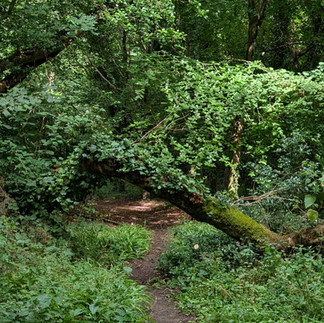

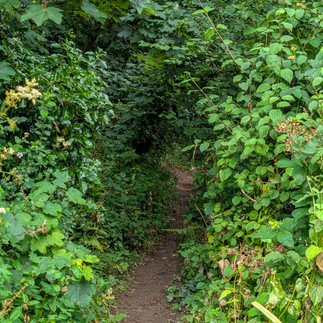































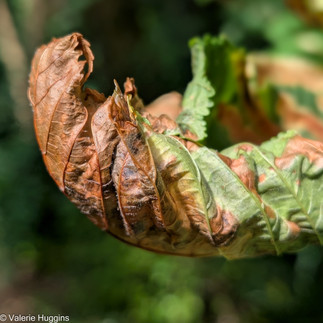







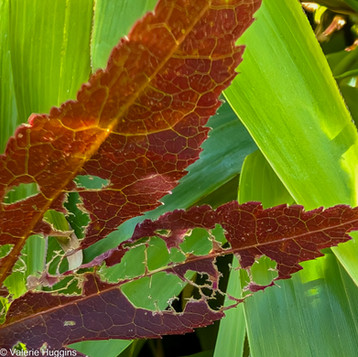










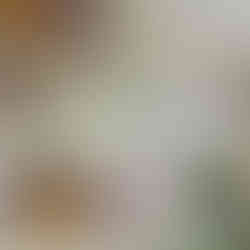




Comments